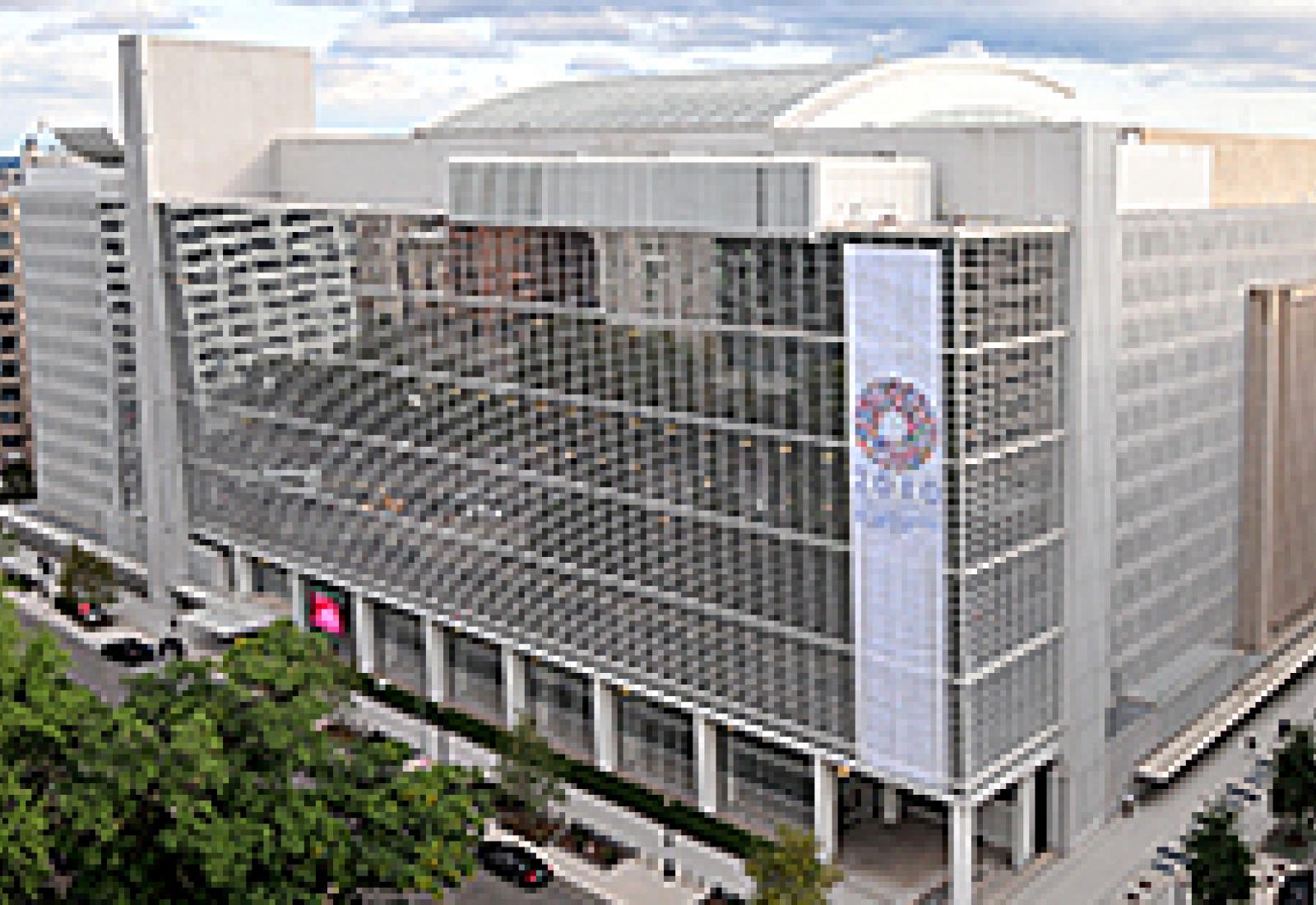Business Overview & Financial Data FY23
| Gross Guarantee Portfolio Exposure ($B) | Net Guarantee Portfolio Exposure ($B) | |
|---|---|---|
| FY19 | 23.3 | 8.3 |
| FY20 | 22.6 | 9.2 |
| FY21 | 23.0 | 9.1 |
| FY22 | 24.4 | 9.0 |
| FY23 | 27.9 | 9.5 |


Since 1997, MIGA has successfully used reinsurance as a tool to use its capital efficiently and manage the risk profile of its portfolio. The primary benefits of reinsurance accrue to MIGA’s clients—first, to the investors, who gain access to increased capacity to insure eligible projects in developing countries; and second, to client countries, which benefit from larger amounts of foreign direct investment (FDI).
The Agency continues to make use of the reinsurance market, ceding $5 billion of new business to its reinsurance partners during FY23 in line with the strategy of preserving capital to support growth. As of June 30, 2023, 64.6 percent of the outstanding gross portfolio was reinsured, up from 61.9 percent in FY22.

| By fiscal year (US$, millions) | 2023 | 2022 | 2021 | 2020 | 2019 |
|---|---|---|---|---|---|
| Gross premium income | 245.0 | 229.4 | 239.3 | 232.3 | 237.9 |
| Net premium incomea | 123.9 | 116.3 | 121.1 | 117.1 | 115.1 |
| Administrative expensesb | 69.6 | 65.0 | 58.7 | 61.1 | 57.8 |
| Operating incomec | 54.3 | 51.2 | 62.6 | 56.0 | 57.3 |
| Net income | 139.5 | 27.6 | 81.5 | 57.2 | 82.4 |
| Administrative expenses to net premium income ratio |
56% | 56% | 48% | 52% | 50% |
| By fiscal year (US$, millions) | 2023 | 2022 | 2021 | 2020 | 2019 |
|---|---|---|---|---|---|
| Total economic capitala | 773 | 759 | 768 | 756 | 717 |
| Shareholders' equity | 1,706 | 1,539 | 1,474 | 1,335 | 1,320 |
| Operating capitalb | 1,923 | 1,777 | 1,724 | 1,591 | 1,542 |
| Total economic capital | 40% | 43% | 45% | 48% | 47% |
| Risk capitalc | 1,092 | 1,083 | 1,054 | 1,001 | - |
| Risk capital/operating capital | 56.8% | 61.01% | 61.1% | 62.9% | - |





